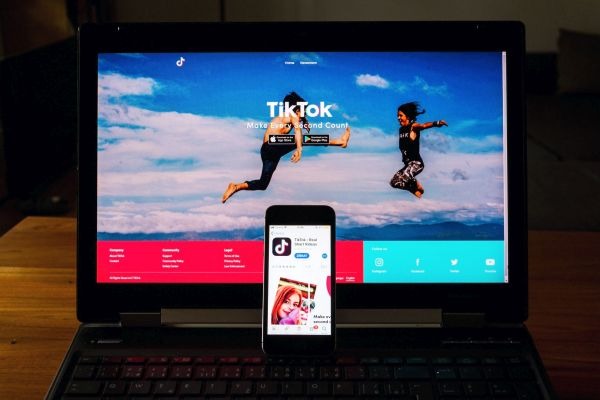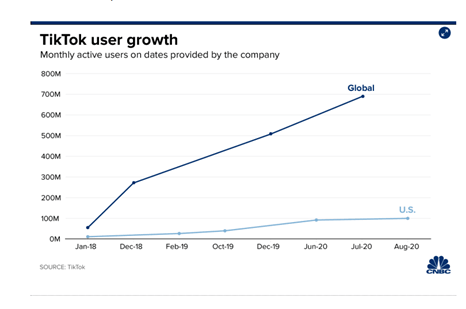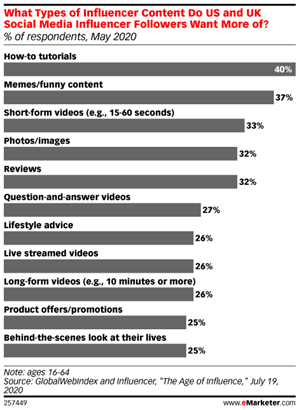How COVID-19 made concise messaging even more crucial
There’s a place in your content mix for long-form pieces and deep dives, but brevity is what will bring in new audiences.

How has COVID-19 affected the trend toward shorter, “snackable” content?
Much like it has with other trends heading into 2020, the global pandemic has ramped up transformation and forced communicators to innovate to find new audiences. That means finding ways to break up your long-winded treatise on your product of the future.
For audiences exhausted after six months of crisis and information overload, you must be concise.
It’s become a trope to cite the average human attention span as less than that of a goldfish. However, many point out that this statistic is a bit misleading. Consumers will spend time—lots of it—if you are offering pertinent, timely and essential information. Inane, salesy blather will find the junk heap well under eight seconds.
What is true about audiences with infinite opportunity to find new content is that you have a really short window for acquisition.
“Our attention spans are shortening as we are being bombarded by competing content from multiple outlets at virtually all times,” explains Brian Freeman, CEO of Heartbeat. A shortened attention span means audiences are making snap decisions about what content to consume.
An example of the rise of tight, tidy content is TikTok, the video content platform that has skyrocketed to prominence.

For success on this hot new platform, video content must be extremely short.
“Ideally, your content should be 15-30 seconds on TikTok,” Freeman says. “One of the most significant factors in distributing a video to a wider audience is the number of views to completion and the rewatch rate. Both are more likely to be higher with shorter videos.”
Making it shorter
Some stories can’t be told in a 15-second video clip.
However, that doesn’t mean you should resign yourself to a whitepaper that is likely to lull your audience to sleep. In today’s attention economy, breaking content into chunks can be a useful tool for driving long-term engagement.
There hasn’t been more or less short content due to COVID-19, says Kelsey Raymond, CEO of Influence & Co., but creating easy-to-navigate, digestible content is now paramount. With many organizations slashing marketing budgets, content creators have become strapped for resources to create the owned media assets necessary to drive results.
Raymond offers several tricks for remaking lengthy material into bite-sized chunks: “Breaking it up with subheadings, bullet points, pull quotes, visuals, and more can make your content easier to consume and, therefore, more effective.”
Even on a platform like TikTok, there are tricks for getting away with longer content.
Freeman suggests looking at what others are creating to find solutions for attracting an audience for longer videos, using a recent 46-second TikTok post from his wife as an example.
“Anything longer than 30 seconds on TikTok can feel like an eternity,” he says, “but we knew that other creators had used tactics such as duetting a video, adding text overlay with an encouraging message to stay to the end, or posting comments reinforcing viewers to stay to watch until the end.”
Lower production standards
One major consequence of the pandemic has been audiences’ willingness to forego a certain level of production quality. Look no further than late-night TV programs, which are creating shows from attics and living rooms during the pandemic.
The content vacuum also offered an opportunity for creators and influencers to find new audiences.
“Quickly produced and inexpensive influencer-led content emerged as the alternative to a brands’ creative,” says Sadie Schabdach, chief content officer for Mitchell. “Even today, we continue to see the rise of raw, real content. The result is brands are turning to these creators to help tell their stories.”
And influencer programs are getting high engagement rates.

But does the rise of the influencer necessarily translate to “shorter” content?
When to go long
There are still plenty of reasons to include long-form content in your media mix, including search engine optimization.
Raymond recommends the “hub and spoke” model, where a deep dive anchors a series of smaller, more digestible chunks that can be shared across channels.
“We have multiple long-form pieces of content on our site that perform well,” she explains, “and we have shorter blog posts that branch off from those longer pieces, allowing us to create an ecosystem of content around a particular subject or theme.” This approach allows the team to improve SEO and engage consumers all throughout the marketing funnel.
There might also still be room for long-form storytelling in your media relations efforts.
“Based on our work with more than 1,000 publications, we’ve seen that as more media outlets are moving to paywalls and subscriber fees, they’re looking for longer content that provides in-depth, well-researched expertise,” Raymond says. Free content made publicly available is likely to be shorter.
For your media relations strategy, pitching a story that requires in-depth discussion or reporting will only be a success if your audience is carefully targeted. Coverage from a publication that has a tight grip on your target demographic will be successful whether that content is gated or freely available on the web.
For content that is freely available, increased competition means having a narrower chance of capturing a viewer. The ad-driven digital economy means that attention comes at a premium these days—which is a large part of what backs the constant drumbeat for brevity and short-form content.
The media industry offers a lot of variety, says Freeman. “News outlets, social media, publishers, email, text, notifications, etc. are all trying to get you to a place where they can sell your attention through ads on site. This environment sets the everyday person up for information overload.”
First impressions must pack a punch, something that is orders of magnitude more difficult for longer content. “You’ll also likely be limited to using that longer-form content on sites that your target audience might visit less frequently,” Freeman says.
Make the story matter
The debate over the optimal length of content is still secondary to the value of information provided. Brands that are willing to invest in creating their own media campaigns and telling their own stories will be rewarded with consumer trust.
“To earn your audience’s trust, you have to consistently publish content that your audience members are actually interested in,” Raymond says. It’s a consistent presence that positions you as an industry leader who audiences can rely on.
To know if your content is relevant, start with a keyword search.
“Keyword research allows you to see what information your audience is searching for so you can create content that answers their burning questions about your industry and offerings,” Raymond says. Other resources for sourcing relevant stories are social media channels.
“Depending on where your audience spends the most time, conduct polls on LinkedIn, Twitter, or even Instagram Stories,” suggests Raymond. “Or you can even ask a question in your email newsletter” to learn what topics your readers who are already engaged want to know more about.
Don’t overcomplicate, advises Schabdach. “Our philosophy is to keep it real, keep it simple,”
she says. “From our experience, that is the secret to building trust and garnering the coveted attention of consumers.”
No matter what length you are aiming for, your content has to resonate with real people to be effective. Perhaps then, the best length for your content is “as long as it needs to be.”
This article is in partnership with News Direct.







